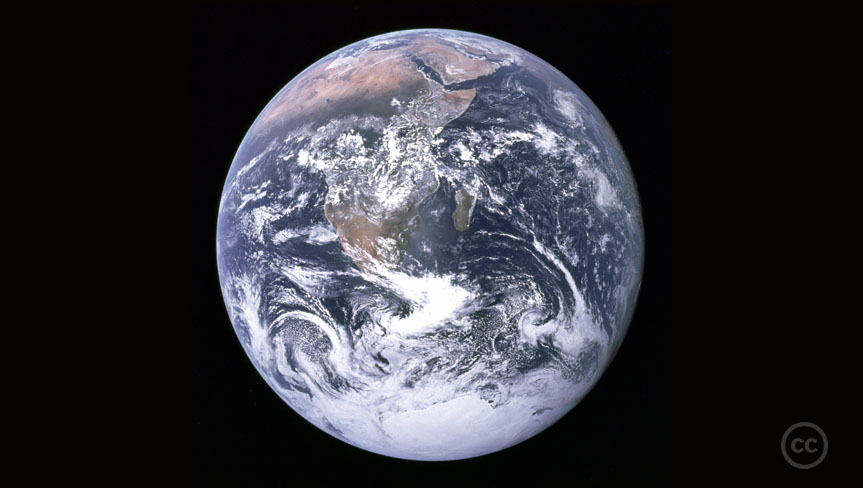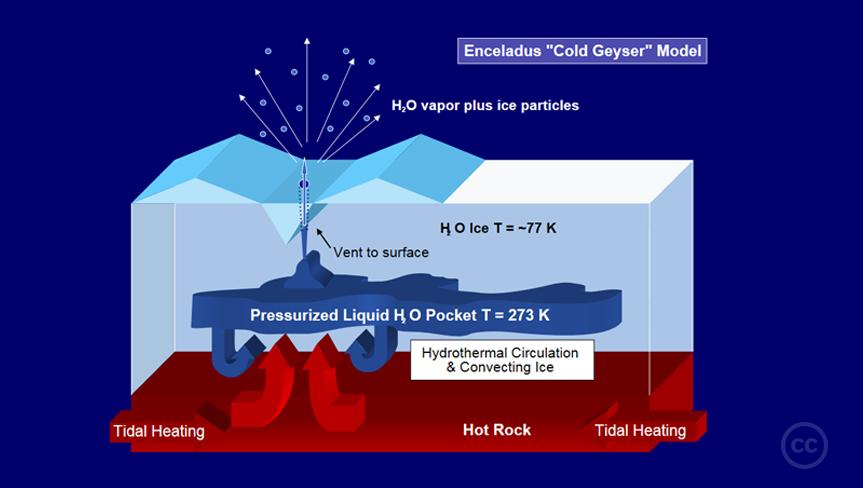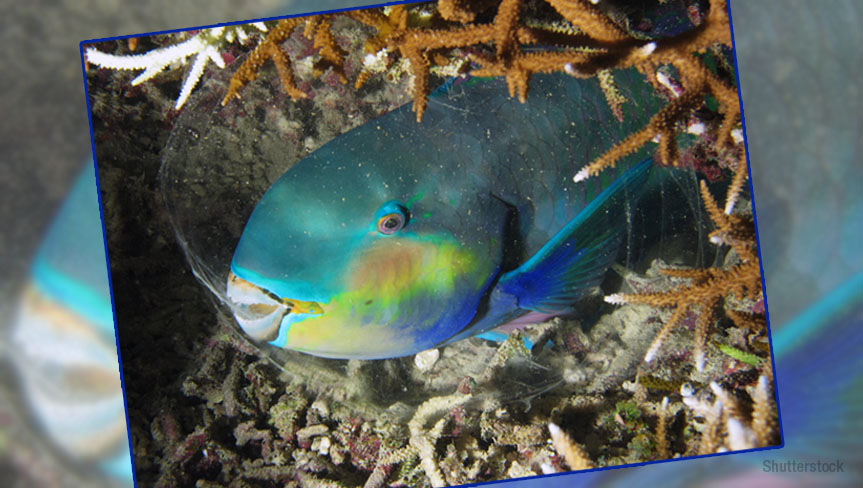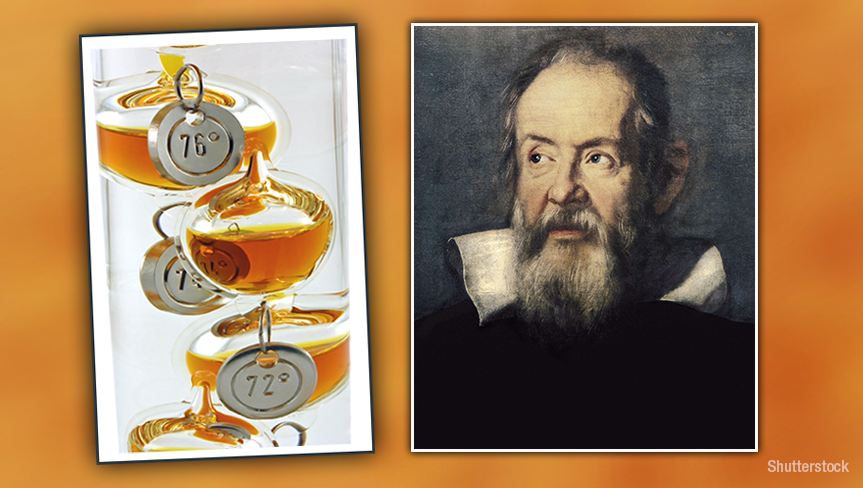17th September 2016
Our planet: The Blue Marble
On 7th December, 1972, the crew members of Apollo 17 spacecraft took a photograph of the Earth. This photograph, known as The Blue Marble, gives a clear idea as to why we know Earth as the Blue Planet. The earth’s surface contains more than 70 per cent water distributed in the oceans.





